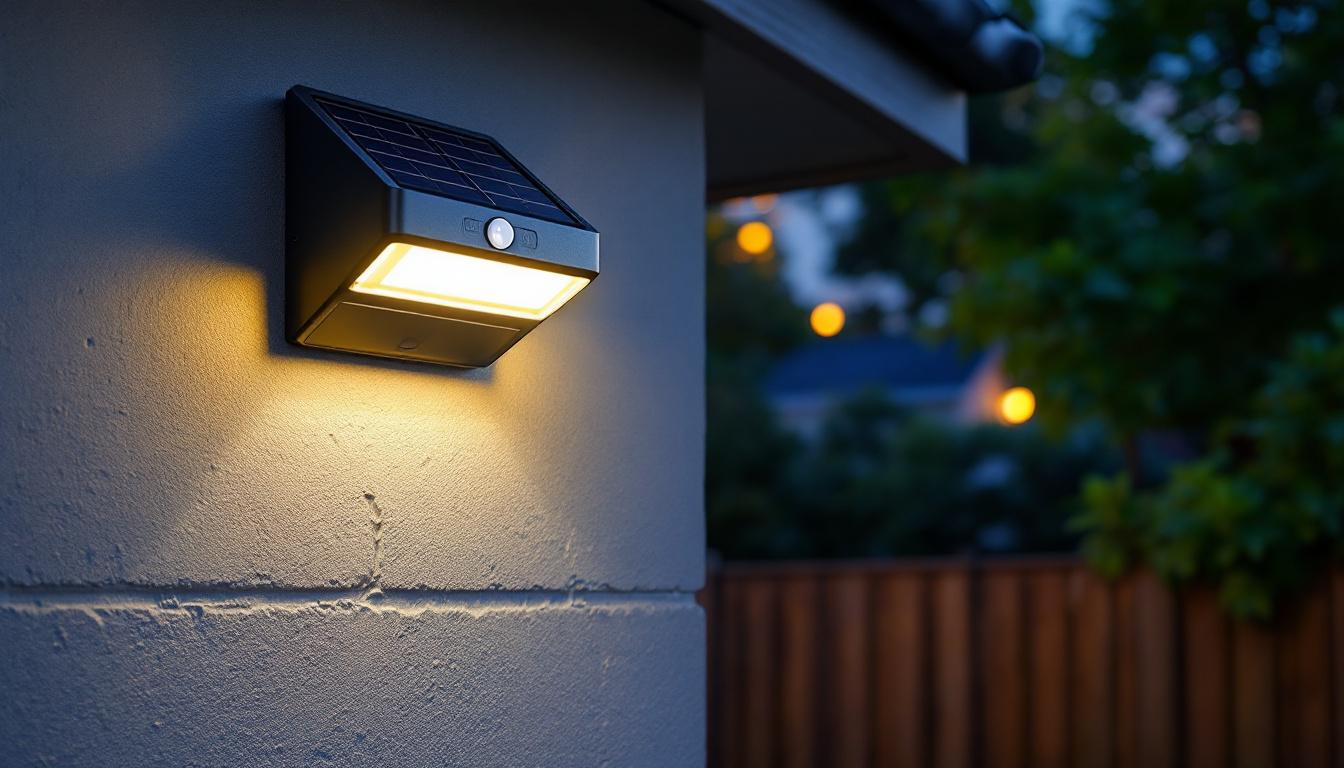
Under cabinet lighting has become a staple in modern kitchen and workspace design, offering both functional illumination and aesthetic appeal. For lighting contractors, understanding the costs associated with installing these systems is crucial for accurate project estimation, client communication, and business profitability. This guide delves into the various factors influencing installation costs, typical price ranges, and practical considerations to help contractors deliver value-driven solutions.
Under cabinet lighting not only enhances visibility on countertops but also adds ambiance and highlights design elements. As demand grows, contractors must be well-versed in the materials, labor, and technical requirements involved in installation. This comprehensive overview equips professionals with the knowledge to navigate cost variables effectively.
One of the primary factors influencing installation costs is the type of lighting chosen. Options range from LED strips, puck lights, to fluorescent fixtures, each varying in price and installation complexity. LED lights, for instance, are favored for their energy efficiency and longevity, but they may require more intricate installation techniques, especially if dimming capabilities or smart home integration is desired. Additionally, the choice of color temperature and brightness can significantly impact the overall aesthetic and functionality of the space, necessitating a thoughtful approach to selection that aligns with the client’s vision.
Labor costs also play a pivotal role in the total expense of under cabinet lighting installation. The skill level of the electrician or contractor can affect pricing, with experienced professionals typically commanding higher rates due to their expertise and efficiency. Furthermore, the complexity of the installation site—such as existing cabinetry, electrical access, and the need for additional wiring or circuit upgrades—can add to labor costs. Contractors should also consider the time required for planning and execution, as well as any potential disruptions to the client’s daily routine during the installation process, ensuring that all aspects are communicated clearly to set realistic expectations.
The choice of lighting fixture is one of the most significant determinants of cost. Common options include LED strip lights, puck lights, fluorescent tubes, and halogen bulbs. LED lighting is the preferred choice for most installations due to its energy efficiency, longevity, and low heat output, but it can be more expensive upfront compared to traditional options.
LED strip lights, for example, are flexible and can be cut to size, making them ideal for custom installations. Puck lights are typically more expensive per unit but provide focused illumination for specific areas. Fluorescent and halogen options tend to have lower initial costs but higher energy consumption and shorter lifespans, which can affect long-term client satisfaction. Moreover, the aesthetic appeal of the fixture can also play a role in the decision-making process; fixtures come in various styles and finishes, allowing homeowners to choose options that complement their kitchen decor while also considering functionality.
The total linear footage of under cabinet lighting required directly impacts material and labor costs. Longer runs require more fixtures, wiring, and possibly additional power supplies or transformers. Complexity arises when cabinets have irregular shapes, corners, or multiple zones requiring separate controls.
Additionally, installations that involve retrofitting existing cabinetry or integrating with smart home systems may require more time and technical expertise. Contractors should assess the workspace thoroughly to identify potential challenges such as limited access, electrical code requirements, or the need for additional junction boxes. Furthermore, the layout of the kitchen can significantly influence the installation process; for instance, kitchens with islands or peninsulas may necessitate additional lighting solutions to ensure even illumination throughout the space, thereby increasing both material and labor costs.
Under cabinet lighting installations often necessitate electrical work beyond simple fixture mounting. This may include running new wiring, installing dimmer switches, or upgrading circuit breakers to handle additional loads. The cost of these electrical components and the labor involved can vary widely depending on the building’s existing infrastructure.
For instance, older homes might require rewiring or compliance upgrades to meet current electrical codes, increasing both time and expense. Contractors must factor in the cost of permits and inspections where applicable, as well as the expertise required to ensure safe and code-compliant installations. Additionally, the choice of materials for wiring and fixtures can also influence costs; using higher-grade materials may result in a more durable installation but will also increase the initial investment. Homeowners should be aware that investing in quality components can lead to fewer issues and lower maintenance costs in the long run.
Modern under cabinet lighting often incorporates advanced control features such as dimming, motion sensors, or integration with smart home platforms. Adding these capabilities increases both material costs and installation complexity. Wireless controls may reduce wiring needs but require additional setup and troubleshooting time.
Contractors should discuss these options with clients early in the project to align expectations and budget. Offering tiered solutions—from basic on/off switches to fully automated lighting systems—can help accommodate a range of client preferences and price points. Furthermore, educating clients about the benefits of these advanced features can enhance their overall satisfaction with the installation; for example, motion sensors can provide convenience and energy savings by ensuring lights are only on when needed, while dimmable options allow for customizable ambiance depending on the time of day or activity. As technology continues to evolve, staying informed about the latest trends and innovations in lighting control can provide contractors with a competitive edge in the market.
Material expenses typically include the lighting fixtures themselves, wiring, transformers or drivers, mounting hardware, and control devices. On average, LED strip lighting kits suitable for under cabinet use range from $30 to $100 per 6- to 12-foot section, depending on quality and features.
Puck lights generally cost between $20 and $50 per unit, while fluorescent fixtures may be priced lower but are less commonly used in new installations. High-end smart lighting systems can add several hundred dollars to the material budget.
Labor charges vary based on geographic location, contractor experience, and project complexity. On average, electricians or lighting contractors charge between $50 and $100 per hour. A straightforward under cabinet lighting installation might take 2 to 4 hours, while more complex setups could require a full day or longer.
When estimating labor, contractors should include time for site assessment, fixture installation, wiring, control system programming, and post-installation testing. Efficient project management and clear client communication can help minimize unexpected labor overruns.
Other costs to consider include permits, inspection fees, and potential cabinet modifications. Some installations may require drilling or routing to conceal wiring, which can add to labor time and material usage. Travel expenses and disposal fees for old fixtures or packaging materials should also be factored into the overall estimate.
Before providing a quote, contractors should perform a detailed evaluation of the installation site. This includes measuring cabinet dimensions, assessing existing electrical infrastructure, and identifying any obstacles or special requirements. Photographs and notes can aid in planning and client discussions.
Understanding the client’s lighting goals and preferences is equally important. Clarifying whether the lighting is primarily functional, decorative, or both will guide fixture selection and control options, impacting cost.
Providing clients with an itemized quote enhances transparency and builds trust. Breaking down costs into materials, labor, and additional fees helps clients understand the value of each component and makes it easier to adjust the scope if necessary.
Itemized quotes also protect contractors by setting clear expectations and reducing the likelihood of disputes over pricing. Including terms related to unforeseen conditions or change orders ensures flexibility while maintaining professional standards.
Utilizing estimation software tailored for lighting projects can improve accuracy and efficiency. Many platforms allow contractors to input project specifics and generate detailed cost breakdowns quickly. Staying current with supplier catalogs and pricing trends helps maintain competitive bids.
Building strong relationships with lighting manufacturers and distributors can yield discounts, priority service, and access to new products. These advantages can translate into cost savings and enhanced client offerings.
While competitive pricing is essential, contractors must avoid compromising on quality to maintain profitability and reputation. Using reliable, energy-efficient fixtures and adhering to best installation practices reduces callbacks and enhances client satisfaction.
Educating clients about the long-term benefits of quality lighting—including energy savings, durability, and improved aesthetics—can justify higher upfront costs and foster loyalty.
Contractors can differentiate themselves by providing design consultations, customized lighting plans, and post-installation support. These services add value and can command premium pricing. For example, recommending layered lighting strategies or integrating under cabinet lighting with overall room illumination showcases expertise.
Providing maintenance tips and warranty information also reassures clients and encourages referrals. A reputation for professionalism and comprehensive service supports sustainable business growth.
Efficient scheduling and resource allocation minimize labor costs and improve client satisfaction. Coordinating with other trades, preparing materials in advance, and anticipating potential challenges reduce downtime and delays.
Clear communication with clients regarding timelines and potential disruptions fosters trust and smooth project execution. Well-managed projects enhance contractor credibility and repeat business opportunities.
For lighting contractors, mastering the cost dynamics of under cabinet lighting installation is essential to delivering successful projects and maintaining profitability. By understanding the impact of fixture selection, installation complexity, electrical requirements, and control options, contractors can provide accurate estimates and tailored solutions.
Employing thorough site assessments, transparent quoting, and leveraging technology and supplier networks further enhances estimation accuracy and operational efficiency. Balancing cost considerations with quality and value-added services positions contractors as trusted experts in the evolving lighting market.
Ultimately, a strategic approach to under cabinet lighting installation costs empowers contractors to meet client expectations, optimize resources, and grow their business sustainably.
Ready to elevate your under cabinet lighting installations with the finest materials at the best prices? Look no further than LumenWholesale. Our extensive range of spec-grade lighting products is designed to meet the needs of discerning contractors like you. We offer unbeatable wholesale prices by eliminating the middleman, ensuring you don’t pay a penny more than you should. With free shipping on bulk orders, you can stock up on superior lighting solutions without worrying about hidden fees. Make your next project a shining success with LumenWholesale, where quality, affordability, and convenience come together seamlessly. Wholesale Lighting at the Best Value is just a click away.

Discover how solar-powered path lights can revolutionize your outdoor lighting solutions.

Discover the transformative power of garage LED lights for lighting contractors.

Discover how solar-powered lights with motion sensors can revolutionize the lighting industry by saving contractors time and money.

Discover the crucial aspects of warehouse ceiling lights that lighting contractors frequently miss.